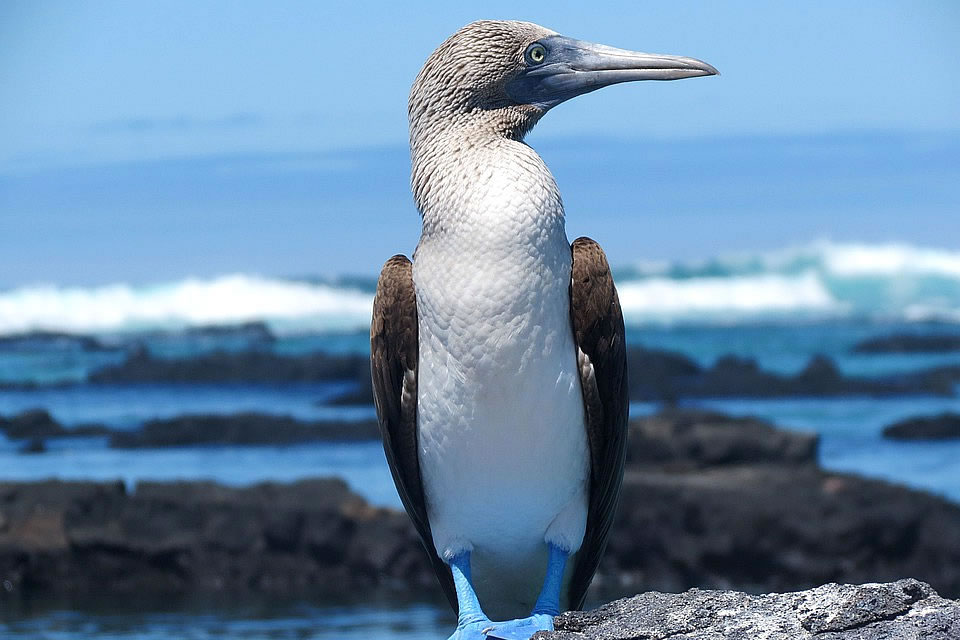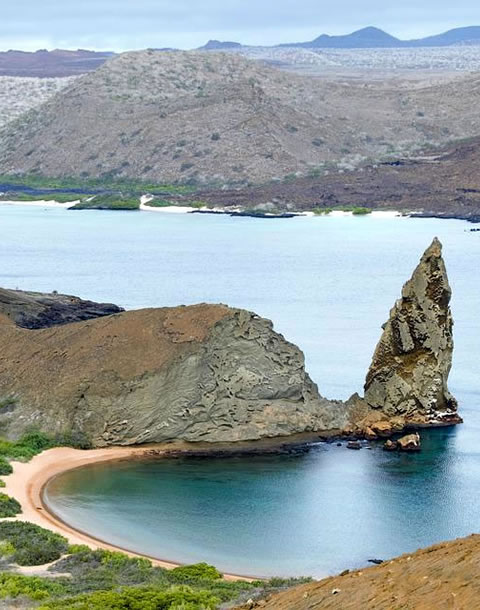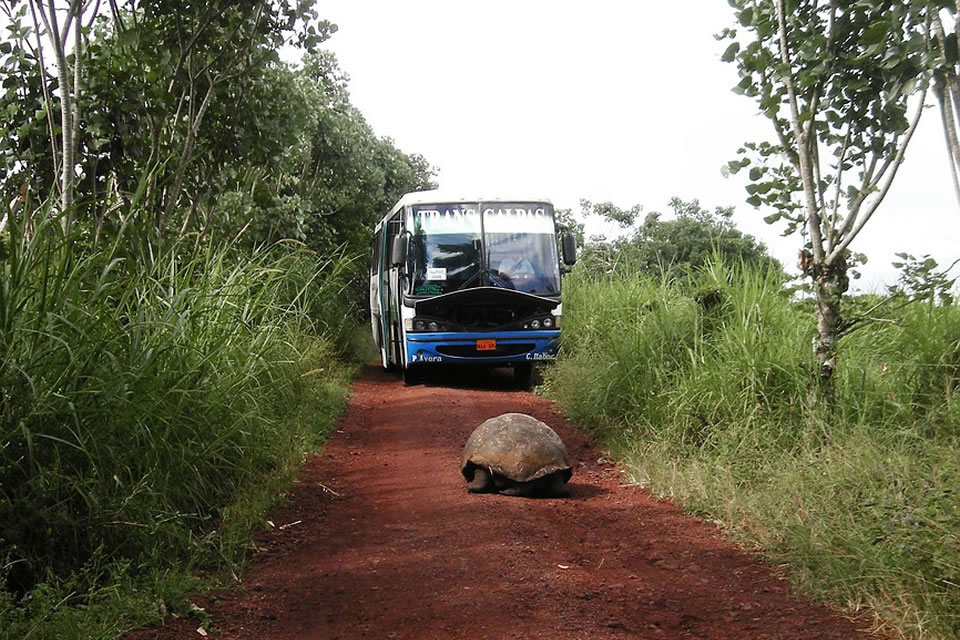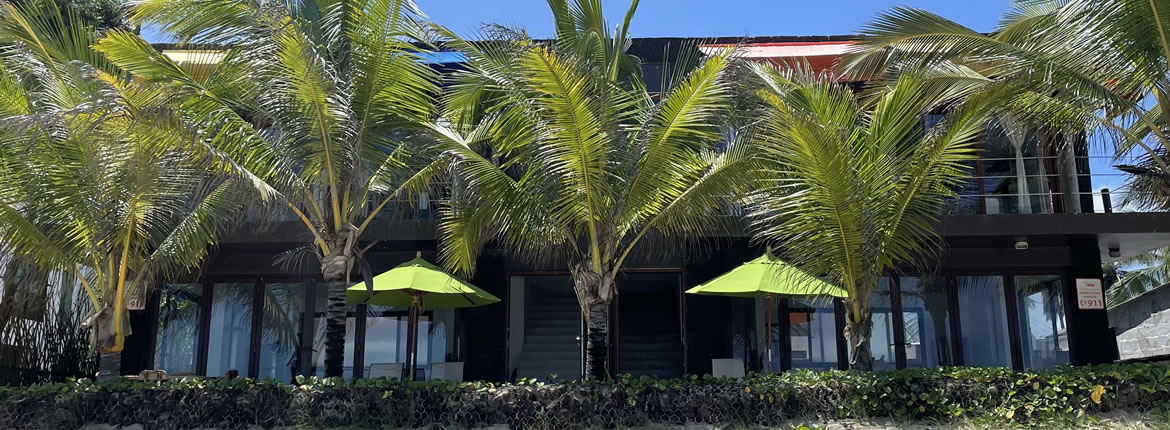

The GALAPAGOS ISLANDS are located over 1000 km from the Mainland.
The original name of the Islands is ARCHIPELAGO OF COLON.
The region is dynamic because of the constant changing with volcanic eruptions, new lava fields forming and islands eroding and expanding.
The GALAPAGOS ISLANDS are formed by 61 islands and islets with 13 main islands, this are: Baltra, Española, Fernandina, Floreana, Genovesa, Isabela, Marchena, Pinta, Pinzon, San Cristobal, Santa Cruz, Santa Fe and Santiago, only 4 islands are habituated (Santa Cruz, San Cristobal, Isabela and Floreana)

* Sunscreen
* Sneakers
* Flip Flops
* Comfy clothes like shorts, shirts, dresses, t-shirts
* Camera
* Binoculars
* Money (In Galapagos Islands we use American Dollars)
* Medication
* And fun!

